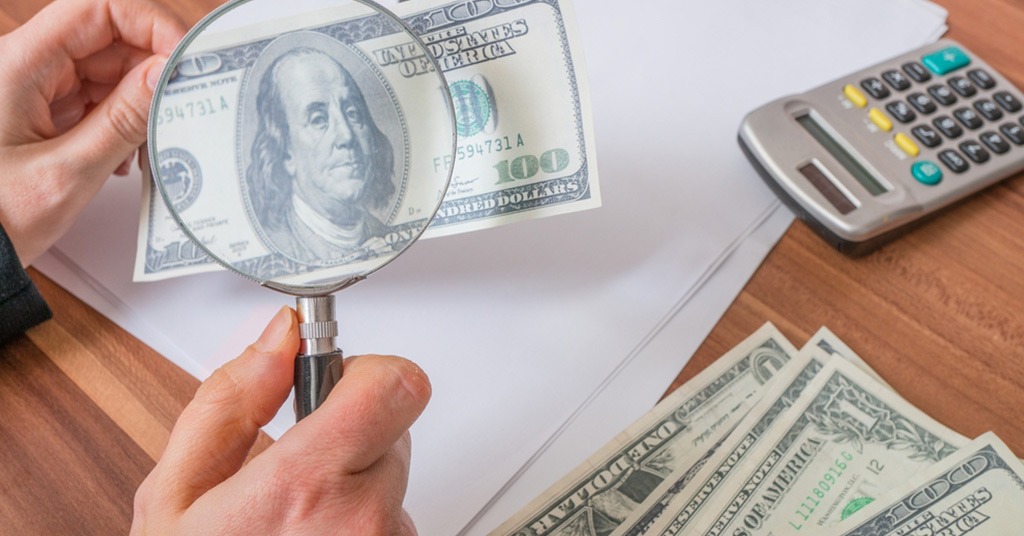How the new coronavirus outbreak can increase online and cashless payments

Coronavirus to affect payments and boost food delivery market. Source: flickr.com
Only people who live without the Internet, computers, mobile gadgets, and TV haven’t heard about coronavirus, or COVID-19. But even those people (which are, apparently, minority) might hear about this virus since today everybody’s talking about it, and for a good reason. Basically, coronavirus is an infectious disease that leads to viral pneumonia, which entails acute respiratory distress syndrome and respiratory failure (these all involve the risk of death). People affected by coronavirus usually develop fatigue, dry cough, fever, and shortness of breath. The virus outbreak was first identified in Wuhan (China) in December 2019. The virus has spread worldwide, and Italy, Iran, South Korea, Spain, Germany, and France are considered to be the most affected countries (evidently, after China). As of today, more than 116,000 people were infected with COVID-19, while no less than 4,000 infected persons have died.
However, today, PaySpace Magazine would like to talk about other aspects of coronavirus. First of all, in early March, it was found that banknotes could spread coronavirus. This can seriously affect both cash and cashless payment sectors. Second, the US quarantines banknotes from China and plans to generally disinfect paper money. But first things first.
Coronavirus on banknotes
In early March 2020, The World Health Organisation warned people that banknotes (as it turns out, both paper and polymer ones) may spread coronavirus. The experts from the organization recommend using cashless/contactless technology to pay for the purchases, and of course, washing hands after every time you had banknotes in your hand. Some of other countries and organizations have acknowledged the possibility of coronavirus spreading through the surface of bills. For example, the Bank of England agreed with the WHO that banknotes can be virus bacteria carriers.
Moreover, financial organizations in China and Korea began isolating used bills with subsequent disinfection of them. Sterilization and disinfection of banknotes are implemented through high temperature or ultraviolet light, while disinfected bills are stored two weeks before going back to circulation. In some cases, allegedly infected bills were even destroyed. As of today, the abovementioned Bank of England is not going to do the same since it stated that touching paper/polymer bills is no more dangerous than touching any other surface in public places, i.e. handrails, bench, and the bank experts especially emphasized the fact that touching a credit card can be jeopardizing as well.

The World Health Organisation warned people that banknotes may spread coronavirus. Source: shutterstock.com
What’s really disturbing is that still, nobody knows for sure how long COVID-19 is able to survive outside the human body.
However, the US has fully supported the new trend, and the US Federal Reserve began quarantining paper dollars as well. Moreover, the new policy was first implemented in the second half of February 2020, so the US can be called the flagship of the new policy. Particularly, it is true for the bills that arrived from Asia (apparently, banknotes from China are a major aim). The quarantine lasts 7-10 days and the banknotes are disinfected and sterilized. The US officials also recommend people returning from China or any other high-risk country stay home for at least fourteen days.
According to statistics, the American dollar is the most widely-distributed currency, thus, dollars are the most widespread banknotes, with a total worth of about $1.75T (cash in circulation).
Online payments and food delivery boom
A lot of people believe they can save themselves from the virus by so-called “social distancing measures”. Well, it is their right. After all, nobody has the right to judge other persons’ ways of isolation from viruses and whatnot. Particularly, this trend is popular in the US. America is known for being one of the “top e-commerce” countries, which means more and more people buy goods and food online. On the other hand, everybody still has to eat, even if they had barricaded themselves at their houses and hadn’t planned to leave premises anyhow; it’s nothing but logic and physiology.
Furthermore, it is not just about food delivery. Today, online grocery shopping is as popular as food delivery in the US, and this trend was popular strong before the COVID-19 situation. Imagine how coronavirus can affect this industry. According to David Portalatin, who is vice president and food industry advisor for The NPD Group (a market research firm), in the past month, more than 21% of Americans ordered groceries online. Last year, in the same month, this rate was around 18%. At this point, it is hard to say now whether it is just a normal ”e-commerce expansion-related” growth or coronavirus related growth. In any case, in the nearest future, it will be known for sure.

Chinese people spent 20% more on food deliveries during January compared to the same month in 2019. Source: shutterstock.com
What’s more interesting, is that according to NPD, Chinese people spent 20% more on food deliveries during January compared to the same month in 2019. Moreover, the Chinese began to demand so-called “non-contact” food delivery during the coronavirus outbreak. It means you can text a delivery man to leave food bags at a specified point (i.e. in front of the building, on doorsteps, some other site, etc). According to Business Insider, no less than 80% of consumers demanded non-contact food delivery during January 26 and February 8, while 66% of consumers used the new option to every order they booked.
The same applies to the US. The latest trend was adopted by Americans immediately. In early March, Postmates (a delivery company from California) introduced new delivery options, and of course, we are talking about “non-contact” options. Some other firms (i.e. DoorDash) also test non-contact/drop-off delivery options.
The bottom line
What can we say as a small bottom line? Food/grocery delivery became an even more popular option in coronavirus-affected countries. In terms of payments, it means the growth of online (thus, cashless) payments. It is not a place and time to say whether it is good or bad, but it seems to be a fact.
Anyway, it’s too early to make a final judgment or comprehensive evaluation of results. As for me, it will be possible to see any tangible results in the nearest 1-2 months; on the other hand, it all depends on the pace at which the virus is spread. On the one hand, the pandemic could be extended, which is probably bad for humans. But at the same time, it would probably boost the online/cashless payments sector and food delivery market. On the other hand, the transmission of the virus can be stopped soon, which would probably put everything back, the way it was before. Now, it is just a matter of time, but the longer the virus would be spreading, the more disbalance the cash-cashless situation would be.
And this is where we face a pitfall. The experts worldwide can’t seek common ground on the one major point, namely, when it will stop.
Here’s what a WHO experts says:
While Chinese expert has a different opinion:
However, the Chinese expert added that the spread of the virus can possibly continue until the end of June.
Nevertheless, according to an analysis of Australian scientists, even with the mildest scenario of the coronavirus spread, about 15M people will become its victims in 2020, while the loss of the world economy (GDP) will exceed $2,4T.
What we face here is a regular situation, when scientists can’t give one precise answer. What we can say: only time will tell. Meanwhile, wash your hands, try to avoid overcrowded places, and stay healthy.
SEE ALSO:









